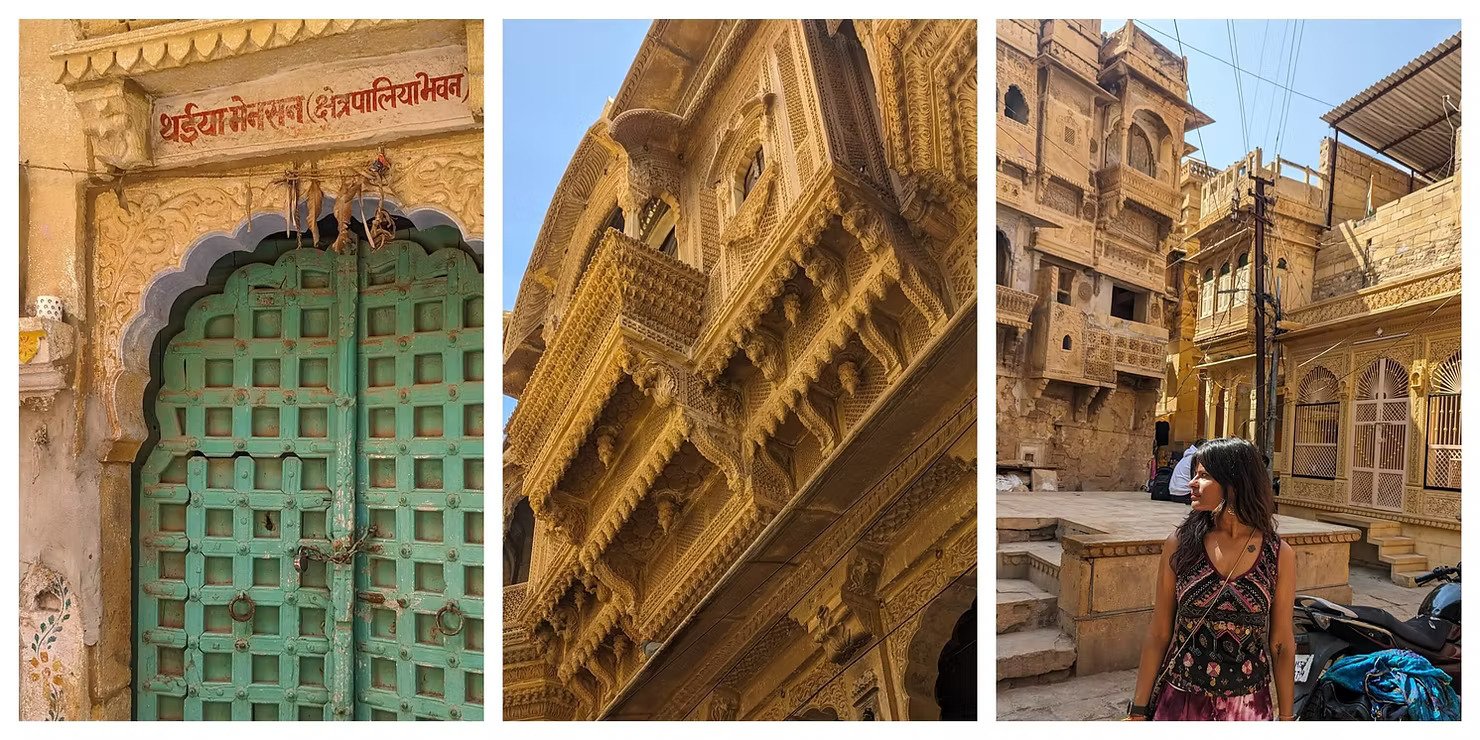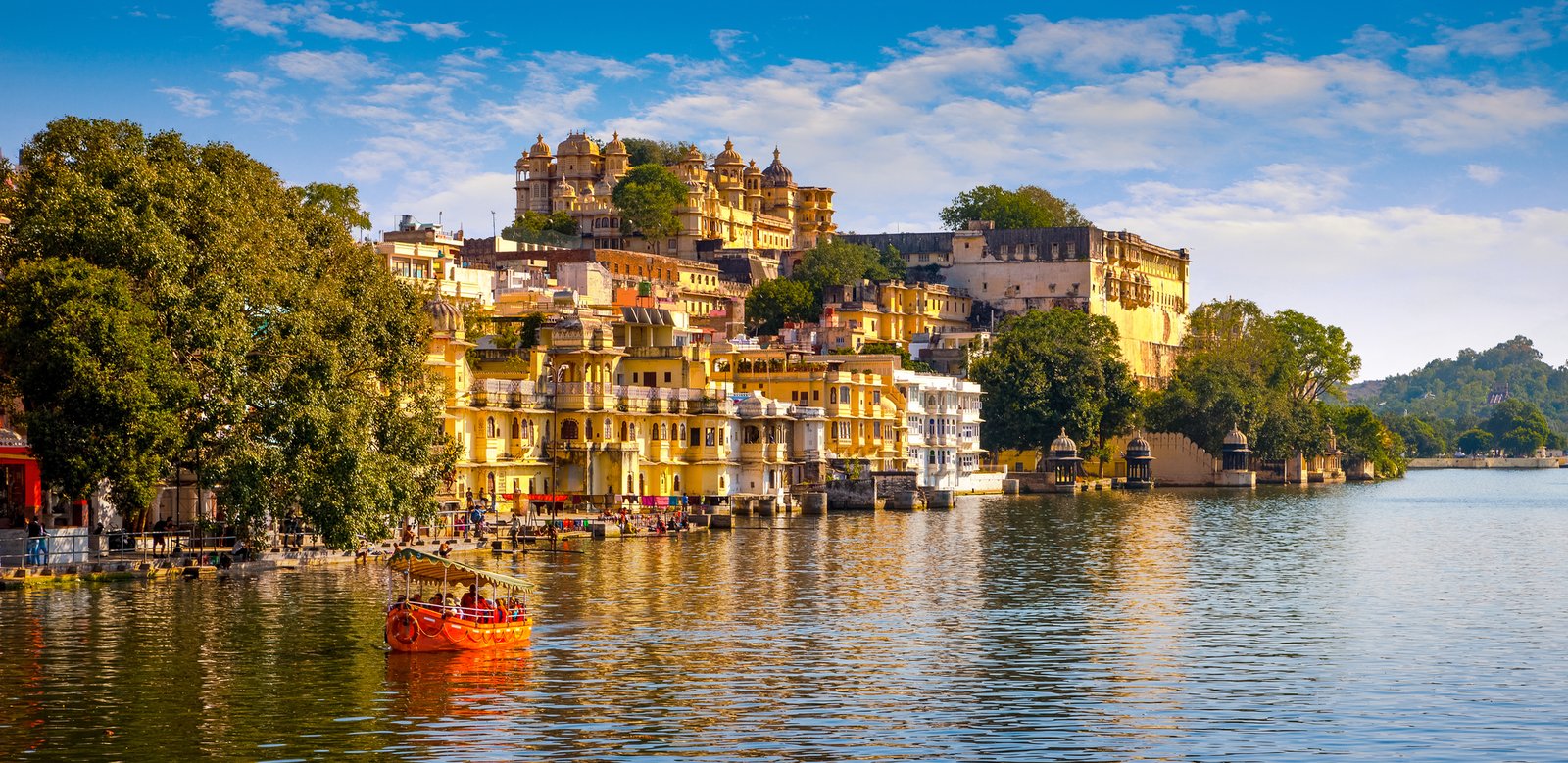When planning a wildlife getaway, India offers a rich array of national parks. From the dense greenery of Jim Corbett to the open grasslands of Kanha and the tropical beauty of Periyar, the options are vast. Yet, among them all, Ranthambore continues to emerge as a truly distinct destination. Located in Rajasthan, this former royal hunting ground has evolved into one of the country’s premier spots for tiger sightings, drawing wildlife enthusiasts, photographers, and luxury travellers alike. Visitors who seek comfort amid the wild find solace in places like this Luxury Resort in Ranthambore, where wilderness meets world-class hospitality.
The Landscape: A Perfect Backdrop for Wildlife
Unlike the dense forests of other Indian parks, Ranthambore’s unique dry deciduous terrain offers excellent visibility. This makes it ideal for tiger sightings — not just because of the number of tigers, but because one can actually see them. The park’s golden grasslands, rocky ridges, and open valleys provide natural viewing zones. Visitors often report sightings of leopards, sloth bears, and marsh crocodiles, all against the iconic backdrop of the Ranthambore Fort. While other parks like Bandhavgarh and Pench are excellent for biodiversity, Ranthambore’s dramatic landscape gives it an edge in both photography and accessibility.
Historical Significance That Enriches the Experience
Ranthambore isn’t just about wildlife; it’s a blend of history and nature. The 10th-century Ranthambore Fort, a UNESCO World Heritage Site, stands tall within the park and adds an unmatched charm to the safari experience. Unlike parks that solely offer wilderness, Ranthambore lets visitors walk through centuries of history. Few national parks in India combine cultural heritage with wildlife in such an immersive way, making it appealing to travellers who seek depth in their journeys.
Ease of Access and Tourist-Friendly Facilities
For many travellers, reaching the destination is as important as the destination itself. Ranthambore scores well here too. With proximity to major cities like Jaipur (just 180 km away), and a well-connected railhead at Sawai Madhopur, getting to the park is relatively stress-free. Other national parks, such as Kaziranga or Periyar, though beautiful, may require more complex travel arrangements. Additionally, Ranthambore’s accommodation options are extensive — from budget lodges to luxury retreats. Many visitors consider it the Best Resort in Ranthambore region thanks to its mix of wilderness access, refined service, and scenic ambience.
Unique Wildlife Encounters
Ranthambore has carved a niche for itself through consistent and close-range tiger sightings. With a growing tiger population and dedicated conservation efforts, visitors enjoy high chances of seeing the majestic Bengal tiger. While parks like Sundarbans also house tigers, their mangrove habitat and elusive behaviour make sightings rare. In contrast, Ranthambore offers an almost theatrical experience: tigers walking down dirt paths, relaxing near water bodies, or engaging in territorial displays. These are moments that stay with travellers for a lifetime.
Ideal for First-Time Safari-Goers and Families
While other parks cater heavily to seasoned wildlife enthusiasts, Ranthambore is remarkably beginner-friendly. Trained guides, structured safari zones, and a range of accommodation make it an excellent choice for families or couples looking to explore the wild without sacrificing comfort. Packages such as the 2N 3D Couple Package in Ranthambore offer a curated experience, balancing adventure and relaxation — perfect for honeymoons or romantic getaways.
Photography Opportunities Like No Other
For wildlife photographers, every destination has its perks, but Ranthambore’s terrain offers a special advantage. The open forests, ancient ruins, and clear light conditions make it a haven for both professional and amateur photographers. Iconic frames such as a tiger walking past the ruins of a moss-covered temple are unique to this park. While Kabini or Tadoba may offer different aesthetics, none blend history, light, and wildlife in quite the same way.
Local Culture and Responsible Tourism
Ranthambore stands apart in how it integrates local communities into the park’s ecosystem. Many safari guides, naturalists, and hospitality staff come from nearby villages, bringing authenticity to the visitor experience. Local crafts, food, and cultural insights are part of the journey, promoting a deeper understanding of the region. In contrast, some other national parks function more in isolation from surrounding communities, missing this important human element.
Conservation With Impact
Ranthambore’s success story in tiger conservation is not accidental. Focused efforts by the Forest Department, NGOs, and local communities have led to a significant increase in tiger numbers over the years. Visitors indirectly support these initiatives by choosing eco-friendly resorts and sustainable travel options. Parks like Gir or Manas also have conservation credentials, but the transparency and visibility of Ranthambore’s programs make a lasting impression.
A Destination That Offers More Than Just Wildlife
At its core, Ranthambore is not just a wildlife destination — it’s a complete travel experience. It offers nature, history, comfort, and culture in equal measure. Whether it’s the joy of spotting a tiger in the wild, walking through ancient fortresses, or enjoying a quiet evening under the stars at a luxurious resort, Ranthambore delivers moments that are hard to replicate elsewhere.
In the crowded landscape of Indian wildlife tourism, Ranthambore continues to shine for all the right reasons. With high tiger sighting rates, accessible location, historical value, and thoughtful hospitality, it’s more than just a safari — it’s an experience.




